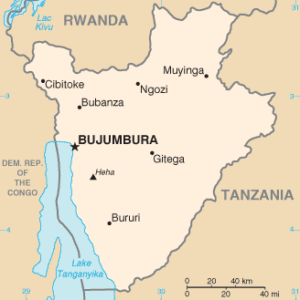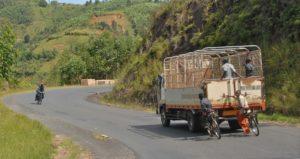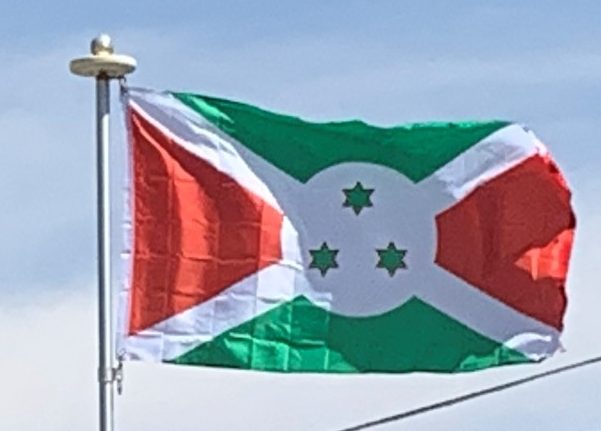
On 28 August 2000, a transitional government for Burundi was planned as a part of the Arusha Peace and Reconciliation Agreement. The transitional government was placed on a trial basis for five years. After several aborted cease-fires, a 2001 peace plan and power-sharing agreement has been relatively successful. A cease-fire was signed in 2003 between the Tutsi-controlled Burundian government and the largest Hutu rebel group, CNDD-FDD (National Council for the Defense of Democracy-Forces for the Defense of Democracy).
In 2003, FRODEBU leader Domitien Ndayizeye (Hutu) was elected president. In early 2005, ethnic quotas were formed for determining positions in Burundi’s government. Throughout the year, elections for parliament and president occurred.
Pierre Nkurunziza (Hutu), once a leader of a rebel group, was elected president in 2005. As of 2008, the Burundian government was talking with the Hutu-led Palipehutu-National Liberation Forces (NLF) to bring peace to the country.
Peace Agreements:
African leaders began a series of peace talks between the warring factions following a request by the United Nations Secretary General Boutros Boutros-Ghali for them to intervene in the humanitarian crisis. Talks were initiated under the aegis of former Tanzanian President Julius Nyerere in 1995; following his death, South African President Nelson Mandela took the helm. As the talks progressed, South African President Thabo Mbeki and United States President Bill Clinton also lent their respective weight.
The main objective was to transform the Burundian government and military structurally in order to bridge the ethnic gap between the Tutsi and Hutu. It was to take place in two major steps. First, a transitional power-sharing government would be established, with the presidents holding office for three-year terms. The second objective involved a restructuring of the armed forces, where the two groups would be represented equally.

As the protracted nature of the peace talks demonstrated, the mediators and negotiating parties confronted several obstacles. First, the Burundian officials perceived the goals as “unrealistic” and viewed the treaty as ambiguous, contradictory and confusing. Second, and perhaps most importantly, the Burundians believed the treaty would be irrelevant without an accompanying cease fire. This would require separate and direct talks with the rebel groups. The main Hutu party was sceptical of the offer of a power-sharing government; they alleged that they had been deceived by the Tutsi in past agreements.
In 2000, the Burundian President signed the treaty, as well as 13 of the 19 warring Hutu and Tutsi factions. Disagreements persisted over which group would preside over the nascent government, and when the ceasefire would begin. The spoilers of the peace talks were the hardliner Tutsi and Hutu groups who refused to sign the accord; as a result, violence intensified. Three years later at a summit of African leaders in Tanzania, the Burundian president and the main opposition Hutu group signed an accord to end the conflict; the signatory members were granted ministerial posts within the government. However, smaller militant Hutu groups – such as the Forces for National Liberation – remained active.
UN Involvement:
Between 1993 and 2003, many rounds of peace talks, overseen by regional leaders in Tanzania, South Africa and Uganda, gradually established power-sharing agreements to satisfy the majority of the contending groups. Initially the South African Protection Support Detachment was deployed to protect Burundian leaders returning from exile. These forces became part of the African Union Mission to Burundi, deployed to help oversee the installation of a transitional government. In June 2004, the UN stepped in and took over peacekeeping responsibilities as a signal of growing international support for the already markedly advanced peace process in Burundi.
